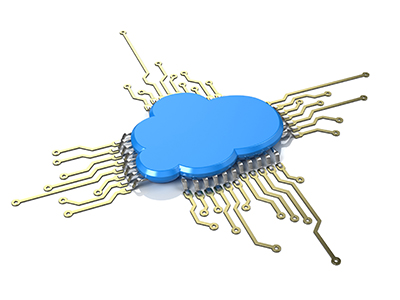Connected and Interconnected:
Information and Communications Technology (ICT) Trends
Written by:
Kate Hendriks, Technical Writer
The Information and Communications Technology (ICT) sector in Canada is influenced by global trends, with user demand for wireless and customizable technology as well as instantaneous access to accurate information fueling global innovation in communications and new media. Although the trends outlined below are not emerging for the first time in Canada, these innovative technologies are expected to influence the global ICT market in 2016. More users are expected to transition to cloud computing, and since cloud computing delivers data storage on networks at third-party centres, companies do not have to invest heavily on maintenance infrastructure and data can be accessed anywhere, on any device, using the Internet. This trend in cloud computing can also be seen in the rise of mobile devices to store, access, and share data. Additionally, the steady transition to fiber optics from copper cable wires will facilitate high-speed, long-distance data transmission, with a low risk of signal disruptions due to electromagnetic interference.
In the new media sphere, wearables are expected to continue to make an impact on various industries, including health and fitness. Improvements in wearable design include user customization and ultimate freedom in movement; for example, the development of head-mounted tracking technology for virtual reality gaming will allow users to customize the wearable to their own eye measurements, thereby reducing the risk of vision impairment.
An additional trend in 2016 is to improve software image identification as there is an increasing interest in the development of self-operated electronics and vehicles; however, inaccurate identification of visual cues, such as identifying a moving car as a non-moving dumpster, is a real safety concern. Although there have been improvements in image identification relative to neural networks in computer software, computers are still having difficulty accurately parsing all the nuances and subtleties in the several layers that make up an image. By creating software that functions similarly to the hippocampus, the theory is that machines will be able to access a much larger database of possibilities and thus improve the accuracy of image classification.

